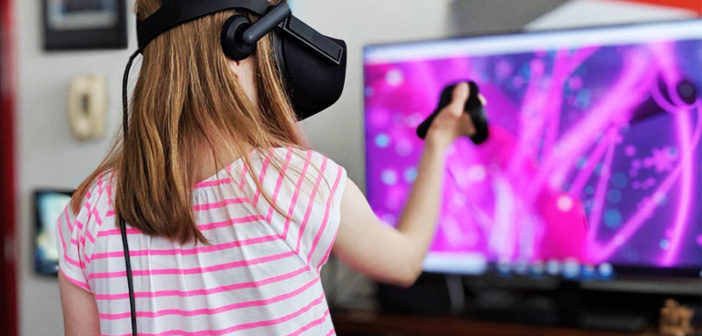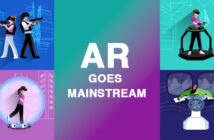Many AR apps in the industry have allowed real award-winning chefs to venture into VR-powered kitchens and turn the music industry upside-down with music like Bjork’s Vulnicura, a first-ever VR music album.
But, VR has also promised many new beginnings in the field of healthcare industries and is widely opted for early diagnosis of Alzheimer’s disease.
VR is already being used in health care settings like physical rehabilitation, and Art therapies to reduce delusions & phobias.
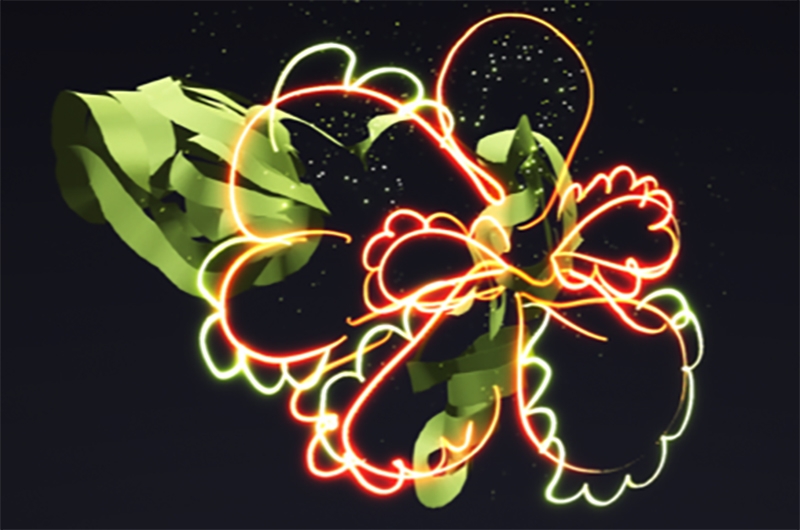
Art forms have gone beyond the commercial hype and are readily using VR, AR, and AI for Art therapy. In this post, we ponder over the question of how VR can augment the art therapy market through classical performances, neuroscience, and holistic body practices.
VR & Art Therapy
VR can be used as an expressive tool in art therapy as concluded from research at Drexel University.
Art therapy was founded on the idea of creative expression with a therapist to facilitate problem-solving & communication, promote personal development, reduce inhibition, and alleviate depressive symptoms.
Virtual reality facilitates imaginal worlds that lie at the central dogma of the creative processes of both art & play.
Not all patients can use traditional art media in therapeutic ways and need an alternate option. It is through tools like VR that these patients are being helped with sensory, cognitive, and motor-related disabilities through creative self-expression.
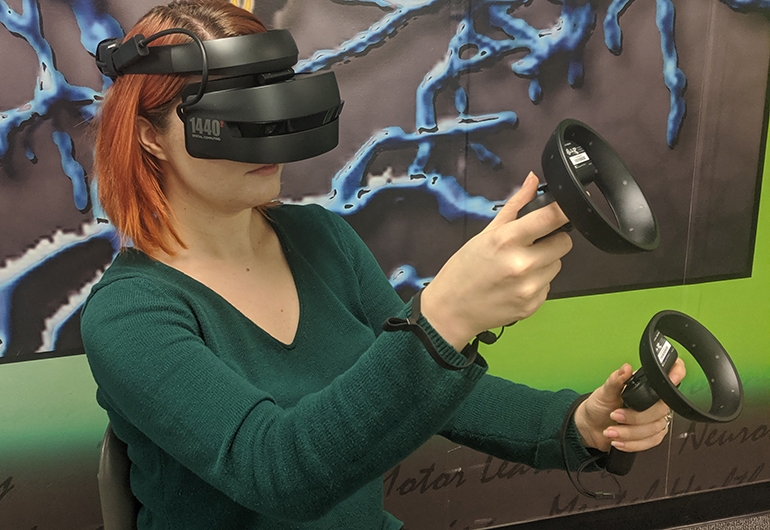
Why Should Art Therapy Use VR?
With the wide-range and dense availability of cost-effective VR solutions, a spur has been noticed in the adoption of the technology in hospitals, clinics, and healthcare facilities.
VR is used as an artistic creative medium via digital art forms like digital painting, video & image editing, and multimedia arts.
Virtual Reality combines elements from real-world painting (a line, patch, shape, surface, or colour), sculpting (space), and novel elements as a form closely linked to the classical mediums.
So, what exactly are the characteristics of a virtual creative medium for virtual reality in the oil and gas industry? Basically three- environment, material, and elements.
VR Creative Environment
A creative environment needs a VR system (like HTC Vive) and an enclosed space for motion.
With VR the controllers can be used for artistic creations with the creator being able to move around freely in an immersive 3D environment. The environment’s visual background can be controlled and changed.
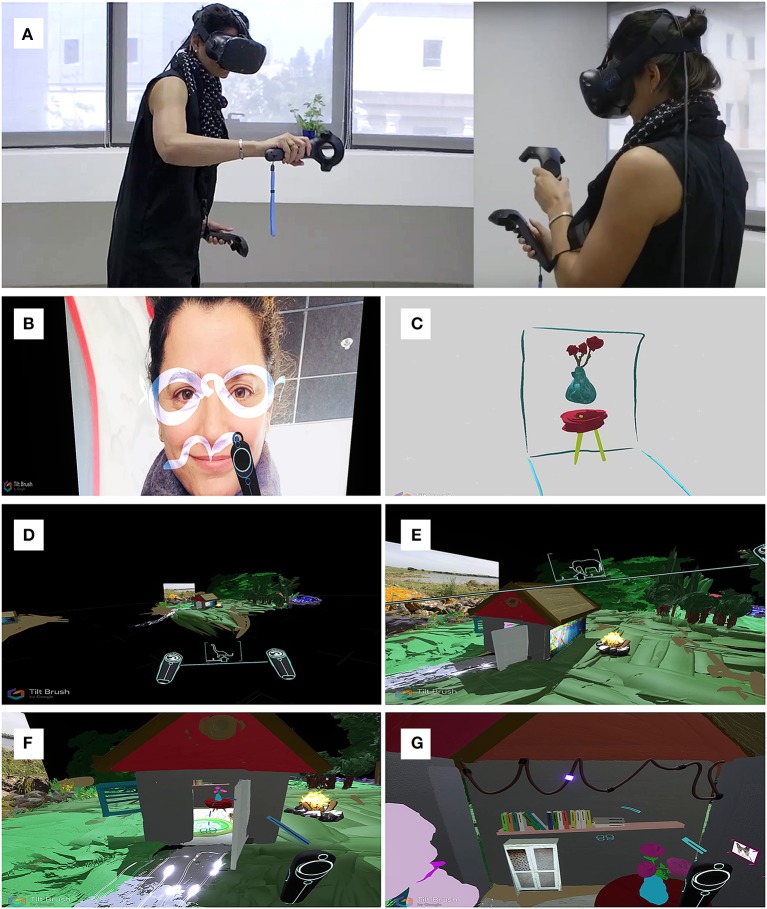
Virtual Material
The material employed for arts is itself virtual and has no tactile feedback. The ability of the creator to work in an interactive 3D environment, numerous possibilities, and to view it from more than one angles make it a surreal medium for art therapy.
Unreal Characteristics
VR steps it up when it comes to making the impossible true. The expression, unrestricted by the natural physical laws (like a 3D object being suspended in midair) makes VR an innovative and unrealistic medium through dynamic control of spatial dimensions.
How Have Most Patients Responded?
We agree that there’s no concrete proof for it, and the technology is still far from being completely adapted by art therapists. Nonetheless, the patients have responded with responses like:
- Patients have a feeling of belongingness or ‘presence’ in the 3D world of VR.
- Powerful therapeutic tools and subjective experiences were created through sensory & motor signals.
- Phobias were treated with simulative controlled & cue exposures, simulative distractions and embodied technologies.
- A feeling of elation and energy by being in a surreal imaginal space.
- Some were disappointed due to the lack of tangible & physical engagement.
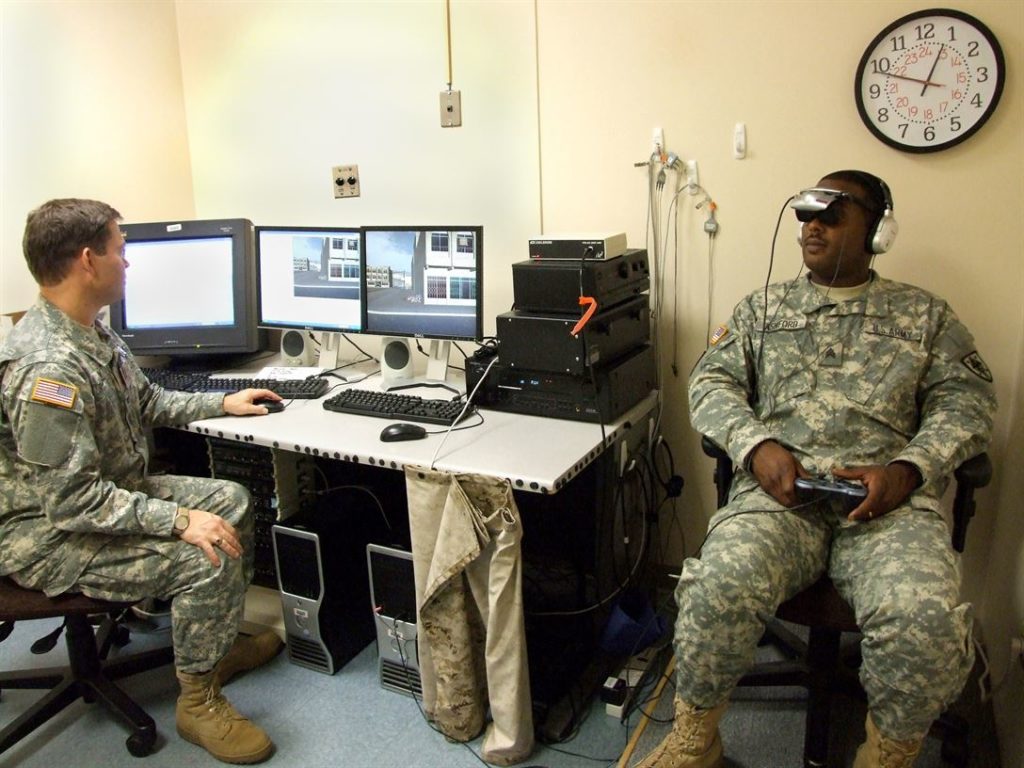
What Are the Future Potentials of VR In Art Therapy?
Point of View (POV) and Perspective
The possibility of taking different visual perspectives could be used by the therapists to observe the client’s creative process in 1PP (1st point person) and 3PP (3rd point person).
Studies have shown that VR has clinical potential as neural & cognitive processing of perspective are closely linked to mental representation, mentalization, and empathy.
Presence and Immersive
The implementation of real-time sensorimotor and multisensory contingencies in VR allows the presence in the virtual world which is close to belongingness of the body in the real world.
The engagement of active sensorimotor through immersive VR enhances the presence of oneself that leads to an augmented experience of artistic creation as compared to a non-immersive situation.
The Potential Virtual Space
A dream-like experience could be created through an immersive sensory experience in a controlled environment that lies between actual and external reality.
Space where one can grow psychologically, integrate love or hate, destroy or recreate themselves to promote a conducive environment for therapy.
End-Note
We have looked at some of the reasons why we think VR is making headlines in the field of art therapy, focusing on the fundamental characteristics and aspects. It’s needless to say that VR will appeal to the younger generation increasing compliance and efficient treatment.
VR systems are becoming commercially available as a form of tele-treatment in art therapy. It’s already on the path to becoming a feasible and viable prospect that enjoys a technological renaissance with novel solutions.

